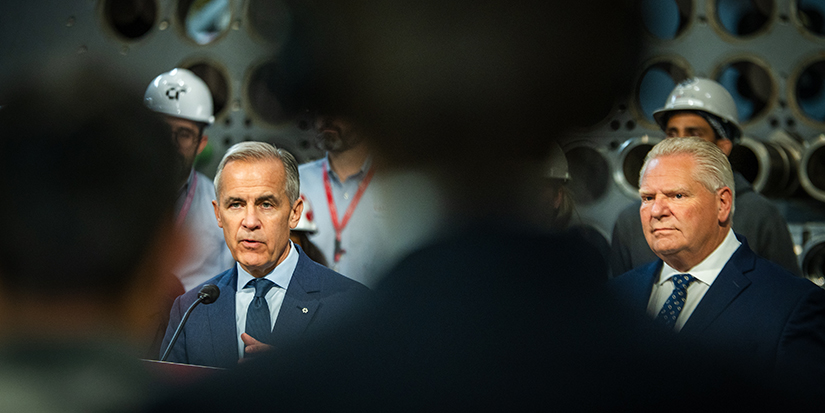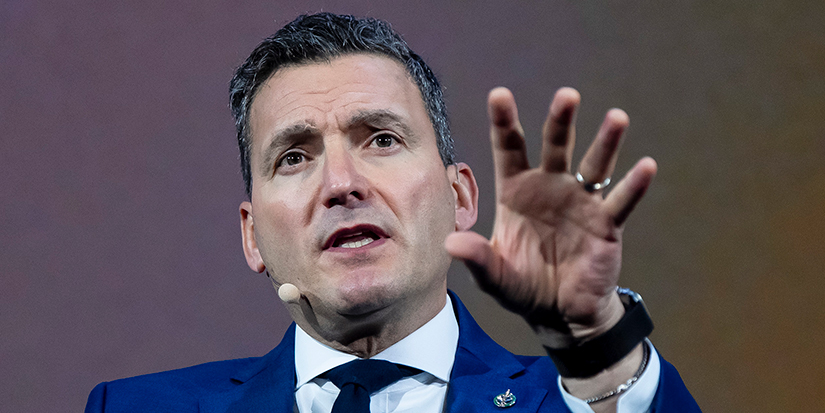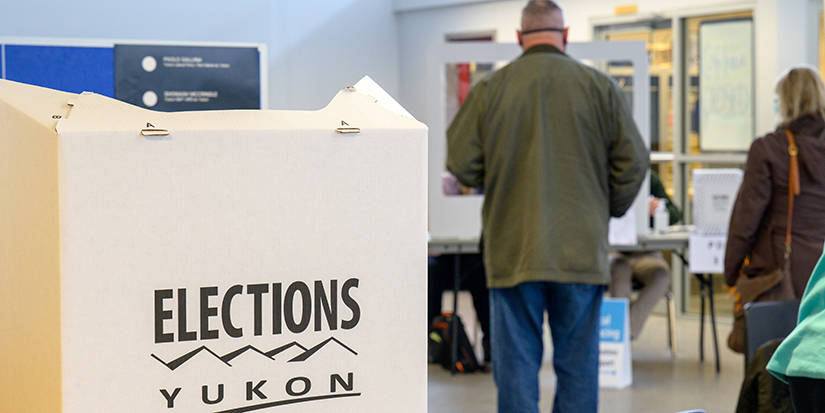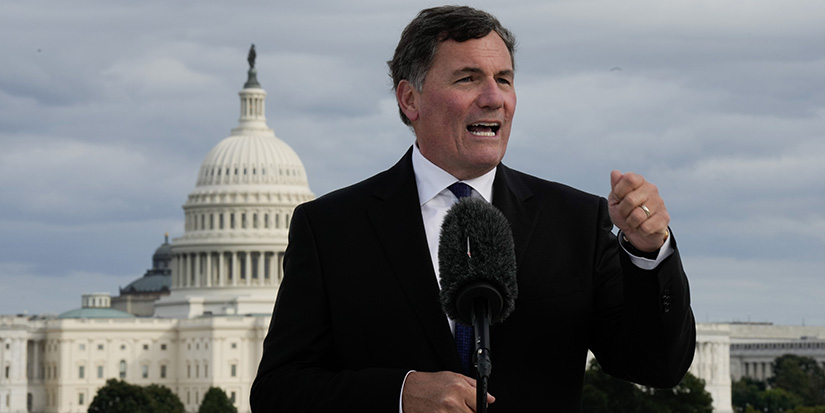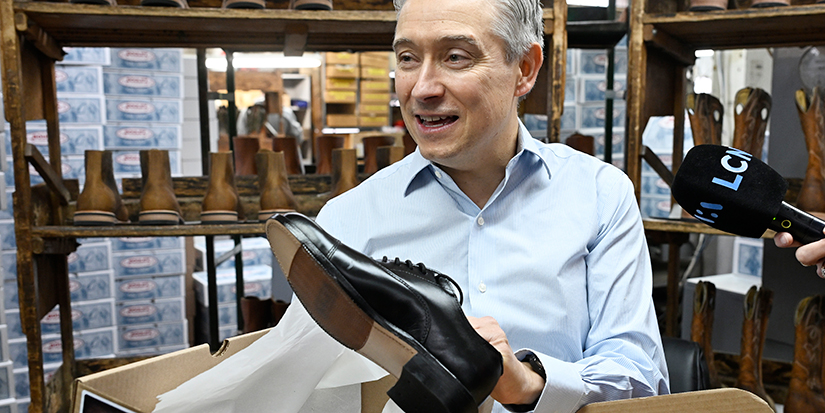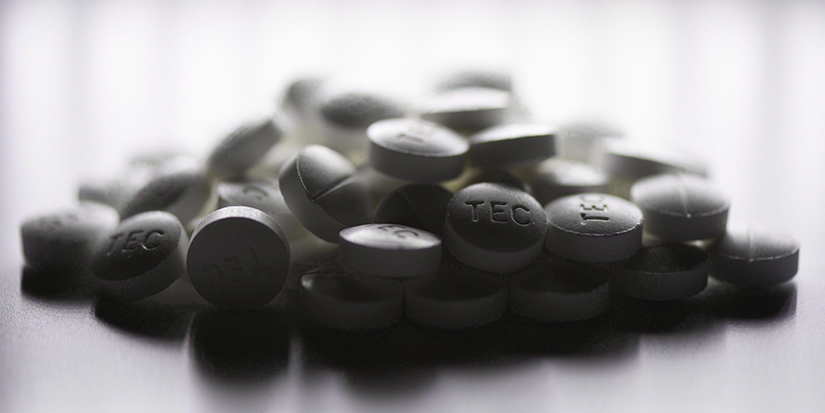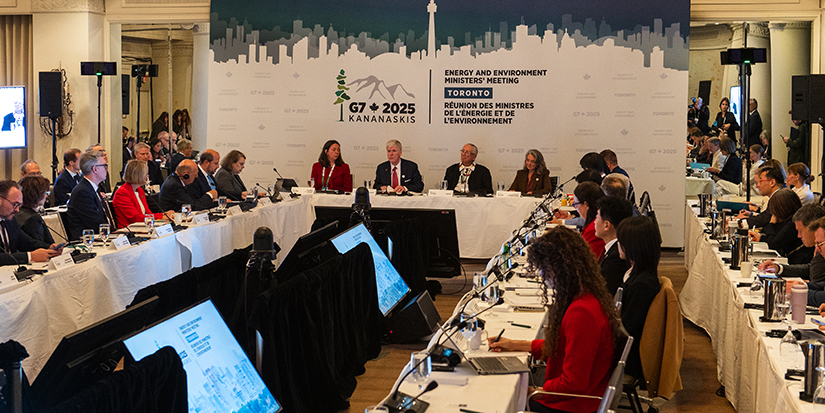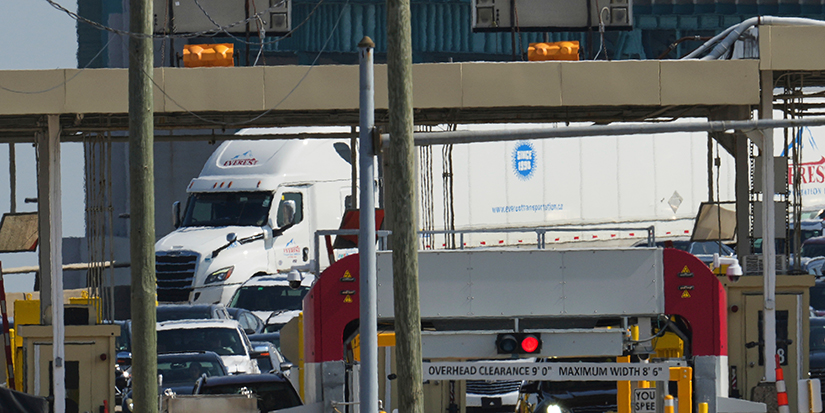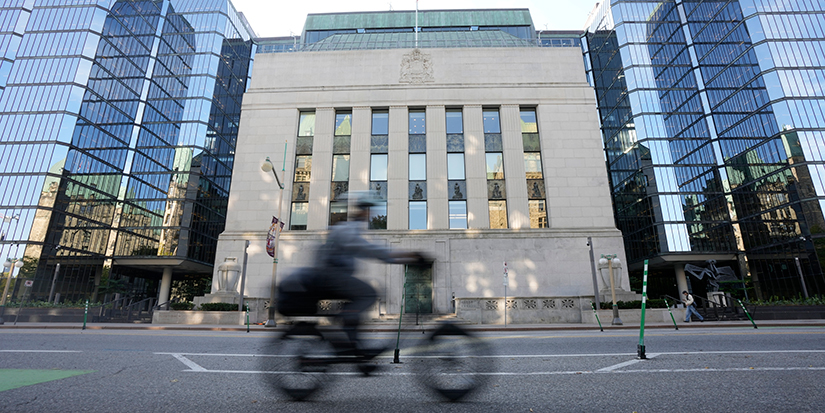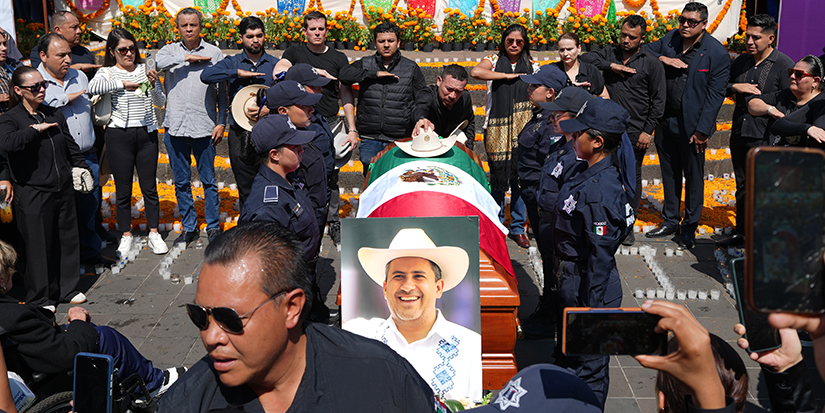Latest News
Documentary reveals tragic fallout of historic film

By Jim Gordon and Leeta Liepins
Published 12:56 PDT, Mon August 19, 2024
Last Updated: 12:57 PDT, Mon August 19, 2024
—
Before Our City Tonight interviewed this special guest, it was important to review the history of the following. Let’s go back to 1957 when an epic and historical movie was about to be made. Of course, this type of movie was all the rage back then, if you think about the Ten Commandments and Ben Hur.
The movie would be called The Conqueror, and it was the story of Genghis Khan. An all-star cast was chosen, and it was shot on location in the desert of Southwest Utah. To play Genghis Khan, they had John Wayne who was one of the biggest movie stars on the planet at that time. But this would turn out to be one of the most bizarre and odd miscasting in film history when the movie was finally released.
It was not widely seen because it was taken out of distribution. We have seen clips, and it is indeed laughably bad and of course critics agreed. The part that wasn’t laughable is what happened over the next four decades. And that’s where our guest comes in.
His new movie is called The Conqueror: Hollywood Fallout. William Nunez is the writer and the director of this movie, and he joined us on a zoom interview from New Jersey.
OCT: This is such a tragic story, and our readers may or may not know what prompted you to write and produce this movie, maybe you can explain the history behind it.
WN: They decided to do the film The Conqueror in the St. George area which is about 140 miles east of Las Vegas. The decision to shoot there was because the red clay looked like the Gobi Desert. Though I doubt any of them would’ve known at the time what the Gobi Desert looked like however, little did they know that they were also shooting 135 miles to the west of the Nevada test site where nearly 9 months before, 11 tests were conducted that was at least 20 times more powerful than the bombs dropped on Hiroshima Nagasaki.
The winds from most of the test areas blew in the direction of where they were filming. Then they had the misfortune of shooting the movie in the summer when the desert storms were at their highest peak plus the hundreds of horses used as extras kicked up the dust for about 2 to 3 months. Everyone working on production was breathing that dust constantly and it had effects on their health, unfortunately.
OCT: Some of the stats we knew of from the story for over 30 years, but the stats that you talk about in this film and the main people that you talk about like the director (who was a former actor, movie star, producer) Dick Powell. And also, Susan Hayward (Oscar winner), Agnes Morehead, Pedro Armendariz Senior and John Wayne, they all get cancer, and they all die. When you look at these numbers, you list out of the 222 crewmembers that 91 developed cancers, 46 died from it. And we haven’t even mentioned stats from the nearby town of St. George.
WN: St. George had a higher-than-normal cancer rate for anyone working on this production. This was an area of mostly farmers, and it was a tourist destination only as a stopover if you were driving from Salt Lake or all the way from Winnipeg, that highway goes down all the way to San Diego. Having said that, in the late 50s and 60s children were getting leukaemia at 2.5 higher rates than the general population of North America. And women were getting thyroid cancer at an alarming rate and men were getting prostate cancer as early as their 30s, which is a disease that is normally associated with those in their 50s. So those clusters led me to believe that, even though most of the people that worked on The Conqueror were smokers, those coincidences probably did not help that they filmed there during the height of atomic testing.
OCT: One of the things that your movie talks about that we didn’t know, and I’m not one who’s going to defend Howard Hughes (who was the producer and owner of RK studios at the time) but he said bring 20 truckloads of that clay and that sand back to Hollywood so we can lay it on the studio floor so we can have continuity. The people have months and months more exposure to that element in the studio. And what happened to that sand after they were done?
WN: No one knows. I personally believe that it stayed there through many other productions. I did extensive research, but we couldn’t find that magic bullet which is—you know, a PO order sending these tons and tons of sand after the production to wherever. There has always been speculation that it didn’t move far and that it stayed in the Los Angeles area. What is interesting is that radioactivity in the soil has a half-life of 14,000 years so it’s still out there. A great story shares that the Wayne family went back to the location with a Geiger counter in the 90s and it was still going off. Even though it was low levels, it was still going off.
OCT: William, this is a superb film that you created, wrote and directed, thank you. It’s a story that is long overdue and it is part of what makes documentaries so great. Exposing what happened and reminding people that just because they may not know who the participants were, it doesn’t make the story any less important. We encourage all our readers to check out The Conqueror: Hollywood Fallout available now for viewing at home.
















